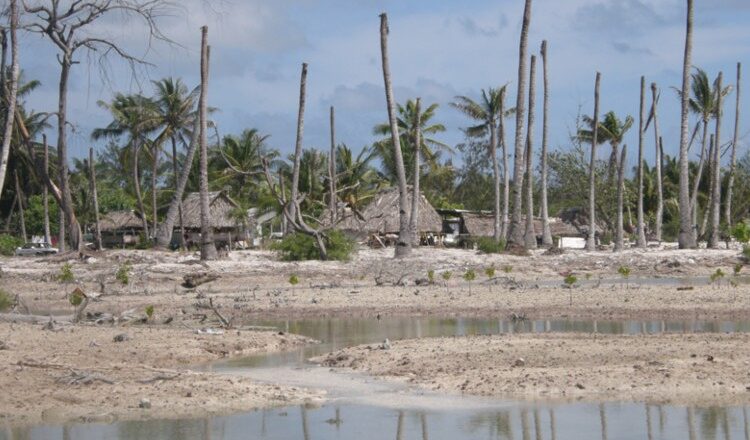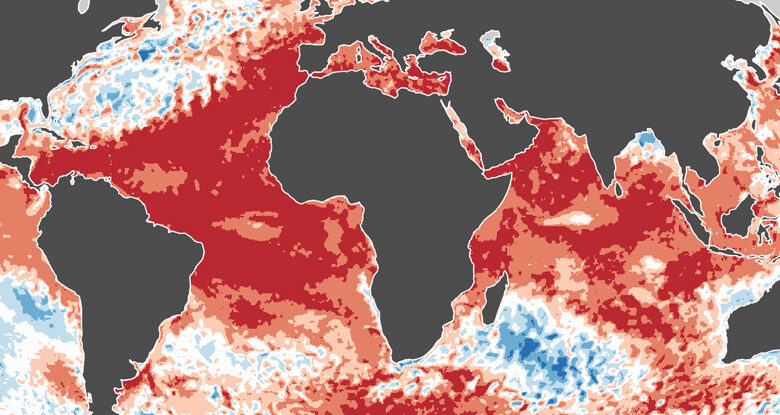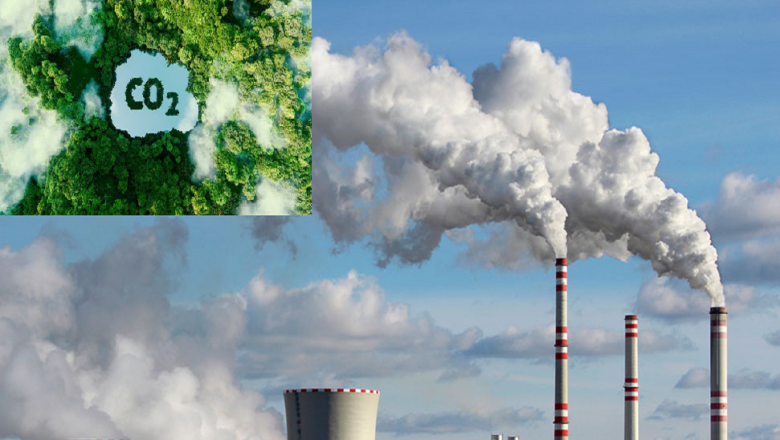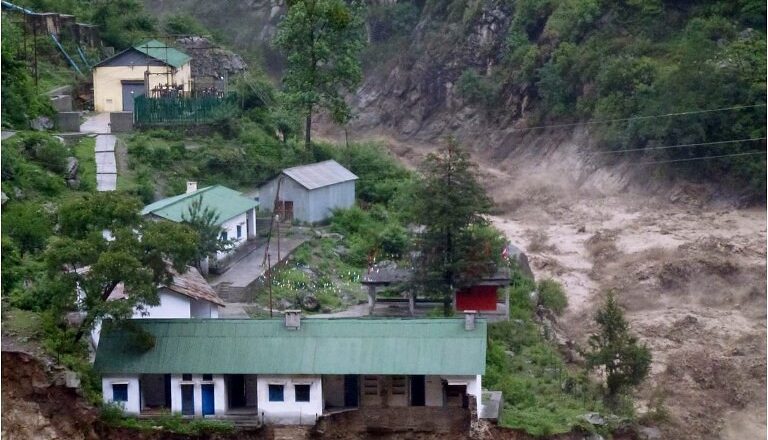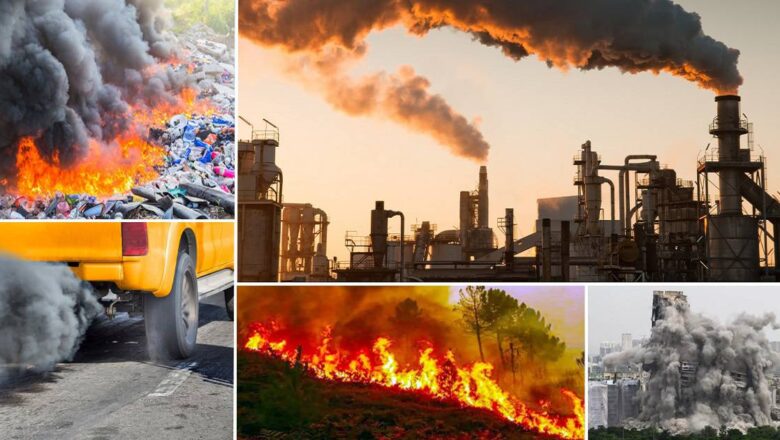
Earthquake Alert: Magnitude 5.1 Earthquake Strikes Bay of Bengal
On Sunday morning, a moderate earthquake with a magnitude of 5.1 on the Richter scale struck the Bay of Bengal, according to the National Centre for Seismology (NCS). The quake occurred at approximately 9:12 AM IST, with its epicenter located at a depth of 10 kilometers beneath the ocean floor.
The NCS reported the specific coordinates of the earthquake as latitude 8.27°N and longitude 91.67°E, pinpointing its location in the Bay of Bengal. The information was shared by the NCS through a post on X (formerly Twitter), which read: "EQ of M: 5.1, On: 01/09/2024 09:12:50 IST, Lat: 8.27 N, Long: 91.67 E, Depth: 10 Km, Location: Bay of Bengal."
As of now, there have been no immediate reports of damage or casualties resulting from the earthquake. Authorities continue to monitor the situatio...


